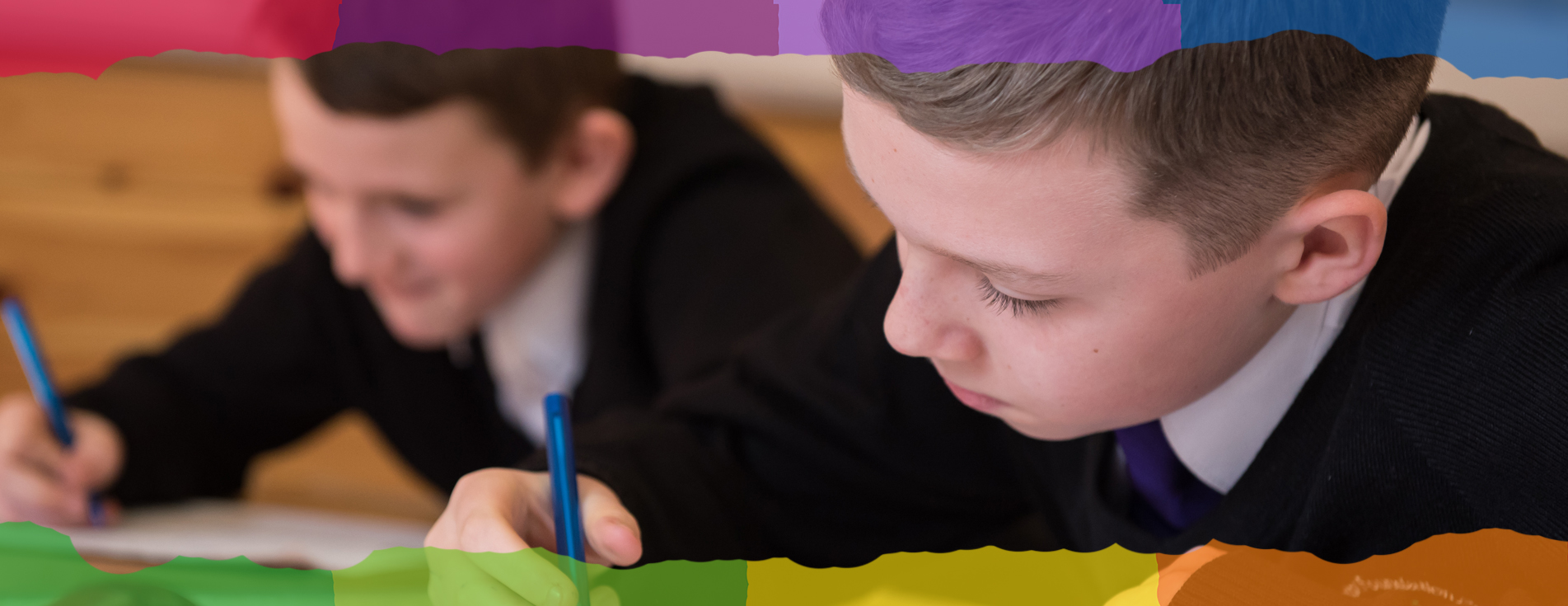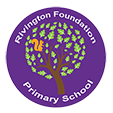
Home Learning
In September 2020, all our classes returned to full-time education following the Covid 19 closure in March. Although we hope that the majority of our children will now have an uninterrupted experience, there is the possibility that an individual child, a class bubble, or indeed the whole school, will need to self-isolate for a period of time. We have therefore put in place a plan for remote so that all children can continue with their education. The main difference between this new offer and previous remote learning is that it will include more of the features of effective teaching – instructional content and assessment that introduces, builds and develops new concepts and skills will be key.
This meets the expectations set out in the DfE guidance ‘Remote Education Support’ here.
If a child does not have access to a computer/laptop and/or the internet, the school will do all it can to support children and will provide paper packs of learning. Where funding can be accessed, remote devices (eg, laptops) and/or 4G connections will be sought, particularly for disadvantaged children. Parents will be reminded to make the school aware of any barriers to accessing remote learning. You will find here an overview of lessons to be completed each day. It will provide learning across the curriculum and children will be expected to spend a similar amount of time completing this as they would spend learning in school.
Remote Learning Policy Rivington 2020
Rivington Foundation Primary School Remote Learning 2020
Rivington Primary School Home Learning Offer
Alongside the work and instruction provided by teacher there is also a number of useful links to be found on our e-learning page which is to be found here.
Home learning is promoted and encouraged across the school and is underpinned by two aims:
1. To promote our curriculum intent; encouraging a love of learning; igniting curiosity about a broad range of topics and the wider world.
2. To consolidate core skills.
How we promote home learning
Across the school, a half termly grid is sent home which outlines home learning tasks we request are completed.
A strong emphasis is placed on reading at home- we request that this is done daily and a reward is offered in each class to children who have read five times in a week.
Weekly spellings are also sent to consolidate the learning of spelling skills. These will then be tested in class and a reward given to children who have learnt all of their spellings for that week.
There is also an emphasis placed on children regularly rehearsing basic maths skills at home e.g. times tables, number bonds etc.
The children are given the opportunity to select three projects linked to our wider curriculum to complete over each half term. These are varied and incorporate a range of skills such as: Art, D.T. projects, research projects, public speaking, investigations…
A celebration afternoon is held the last day of each half term so that children can share and celebrate their home learning.
Where to find additional help for supporting your child with home learning
- Class teachers send out a termly leaflet which details how you can help your child at home, as well as which topics you child will be learning about that term
- The half termly home learning grid details what specific home learning is requested of your child, as well as the choices available for them
- Please see our calculation policy, as well as other curriculum policies and information (available on this website) to assist with methods taught
- Look out for additional workshops/ information events held in school that are available to attend throughout the school year
- Please don’t hesitate to arrange to meet with your child’s class teacher for further advice on how to support your child’s home learning
Download Documents
